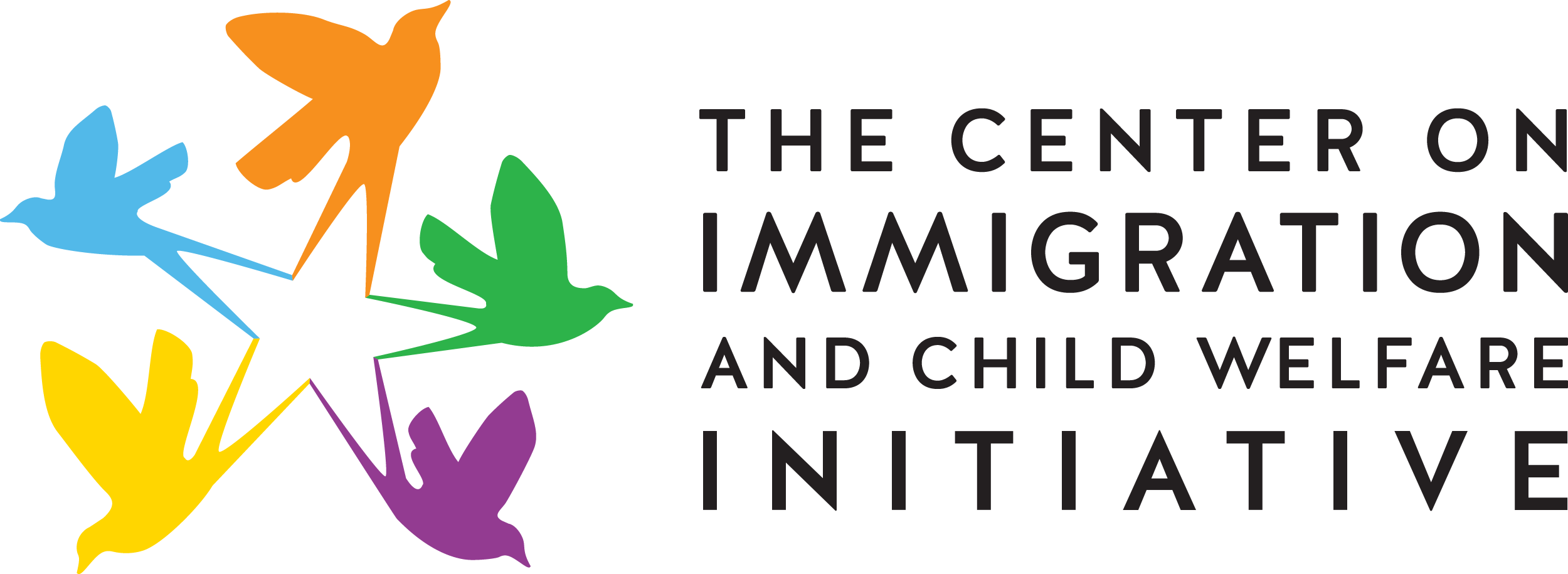An Overview of Public Charge
ILRC Attorneys, Immigrant Legal Resource Center (May 4, 2022)
This updated advisory provides current information about the public charge ground of inadmissibility, including discussion of what public charge is, who it applies to, how is it is evaluated, and whether it could make someone deportable.

